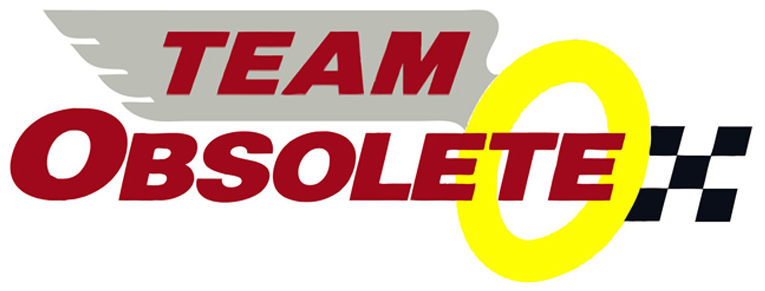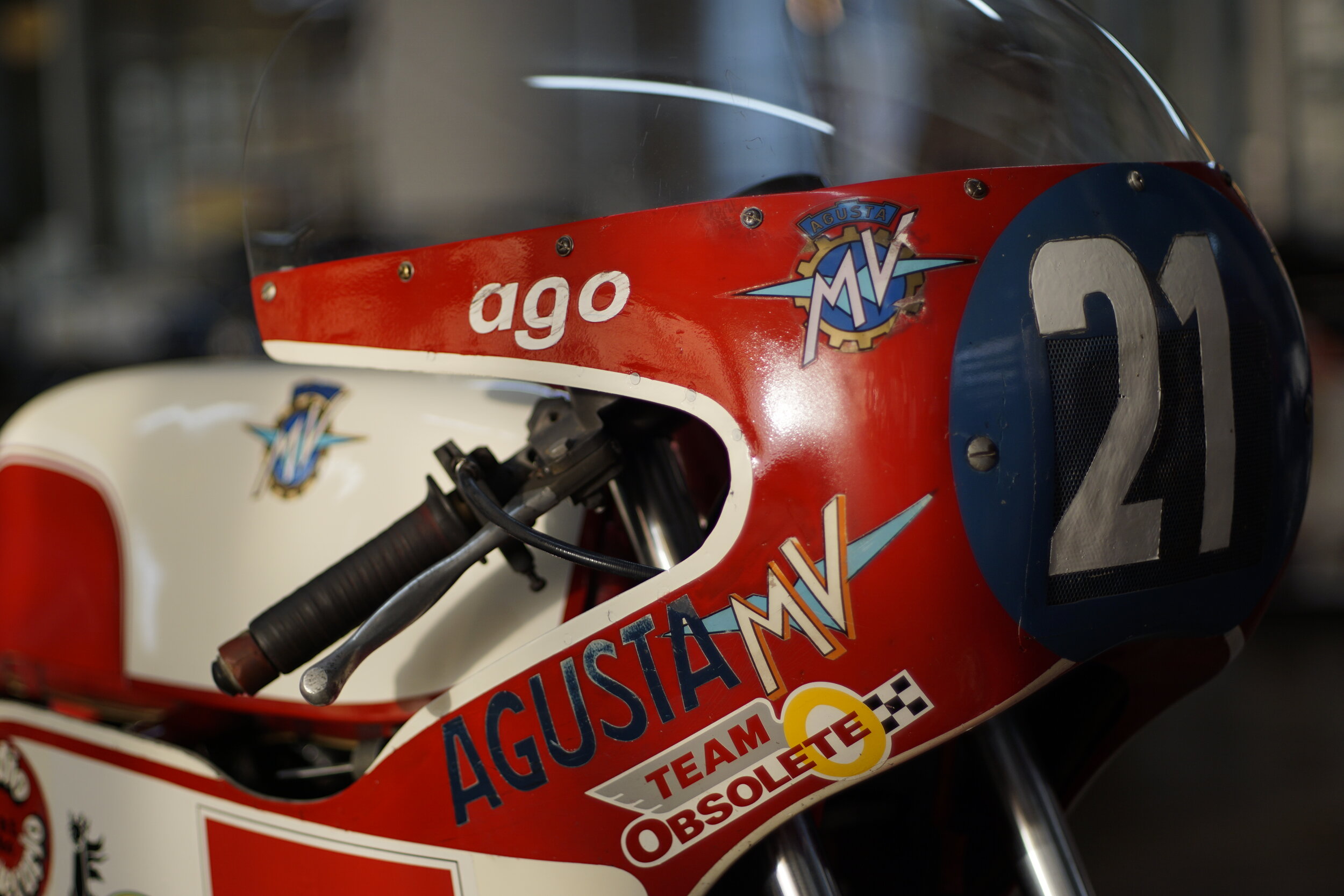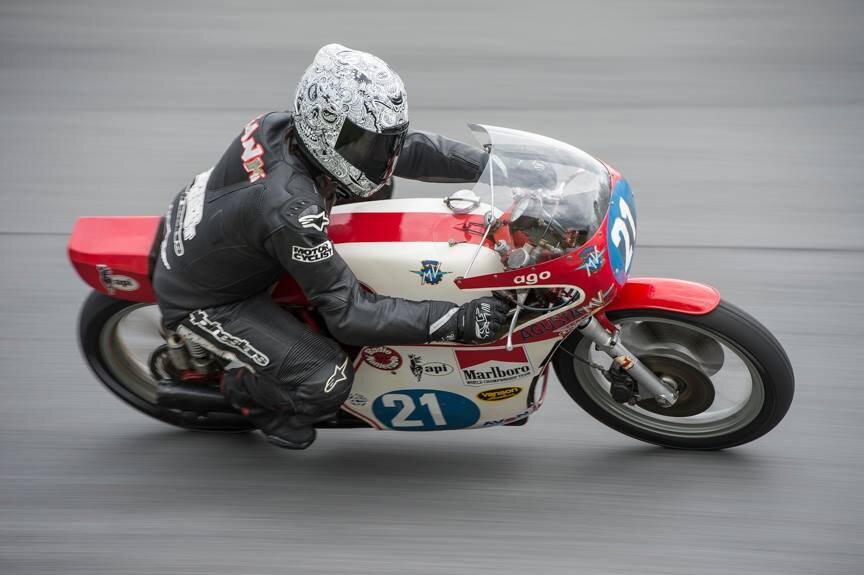1976 MV Agusta 350 four “Electronica” (ex-Giacomo Agostini)
This 350cc Quattro Cilindri (four cylinder) debuted in 1972, a higher-revving and more compact replacement for the legendary—but aging—MV Agusta triples that won the 350 World Championship every year from 1968–'73. The writing was already on the wall for the four-stroke MV Agusta racers by '72, and the only way to close the power gap with emergent and much more potent two-stroke competition was to build revs to a stratospheric level. By the time the 1976 season rolled around, MV Agusta engineers had pushed the Quattro Cilindri engine architecture to the absolute limit to compete with the then-dominant two-strokes from Yamaha and Harley-Davidson/Aermacchi.
What you see here is cutting-edge Grand Prix racing technology for the mid-’70s and the ultimate development of the MV Agusta four-stroke Grand Prix platform. Lead Engineer Ruggero Mazza designed the ultra-short-stroke (54 x 38mm), air-cooled inline-four to safely rev to 16,500 rpm, where it produces 77 hp to achieve a top speed of around 170 mph. The Arturo Magni-designed open-cradle duplex frame is titanium. Although previous MV Agusta racers were patriotic to the extreme, this represents an era when MV Agusta sourced the best components from around the world. The magnesium Ceriani forks and Marzocchi piggyback shocks are home-grown Italian pieces, but Morris mag wheels, Bosch electronics, Lockheed calipers, and plasma-sprayed Hunt alloy brake rotors contribute to a pan-European pedigree.
Giacomo Agostini 15x world champion, considers this to be one of his favorite racing motorcycles of all time. Proving the point in 1976, when it was wheeled out of storage, refreshed and went on to decisively win. A final podium for the four-stroke and the end of an era.
Recently Team Obsolete reunited “Electronica” with pilot Giacomo Agostini at the Isle of Man Classic TT
“Electronica” in our workshop by Seth Rosko.
Giacomo Agostini aboard the 350 four at the Classic TT by Tracey’s Pics
Impeccable character.
Team posing for the cameras at the Classic TT.
Ago at Ballaugh by Stephen McClements
Aaron Frank tests the MV by Yeve Assad
Bump start at the Jurby Festival.
















